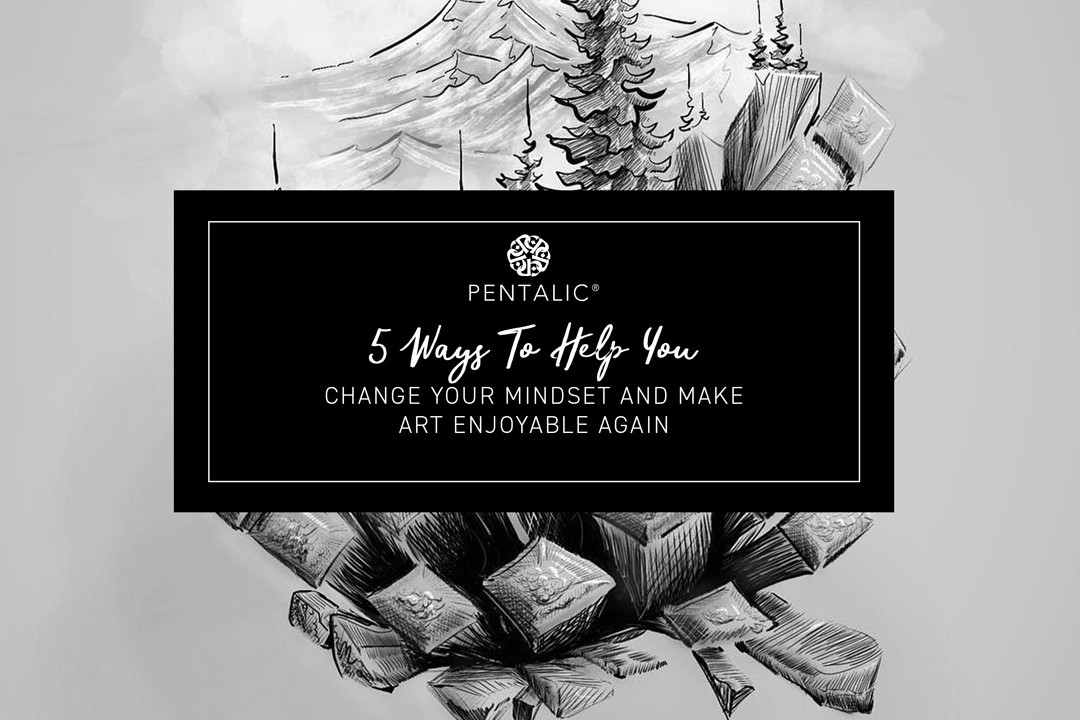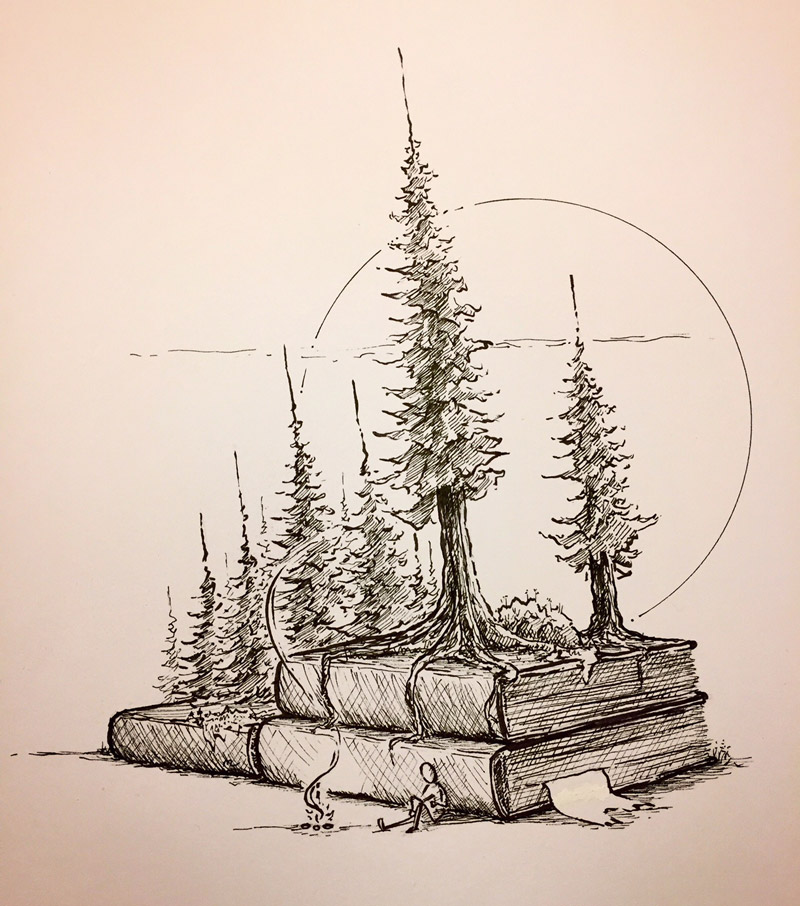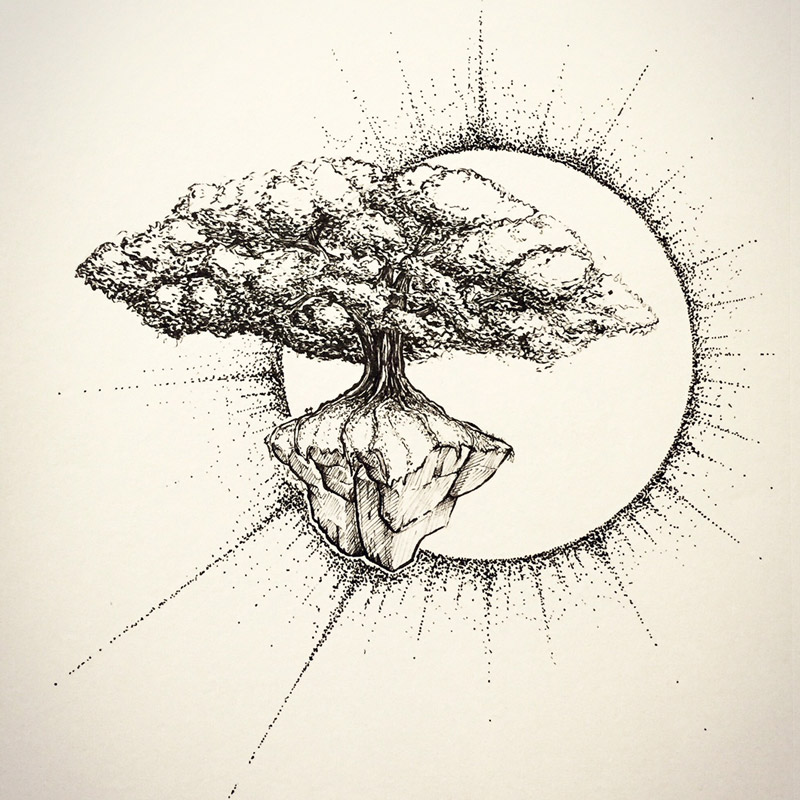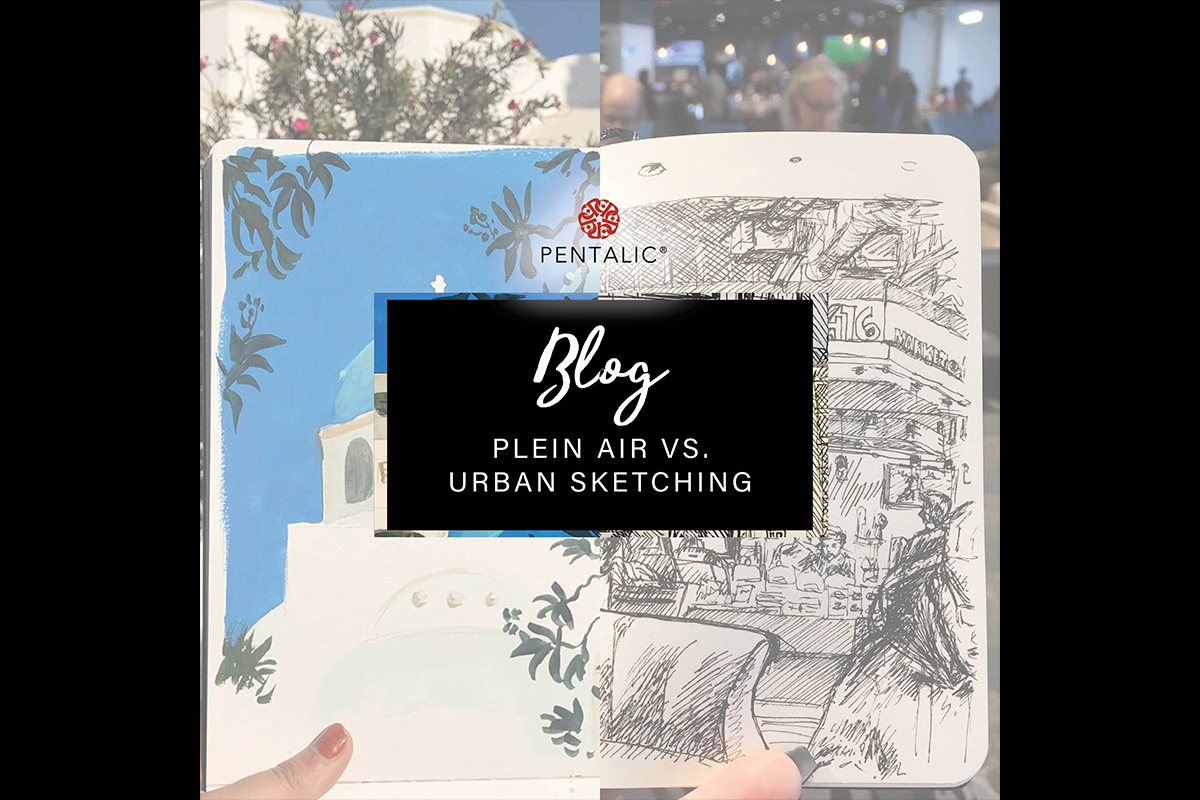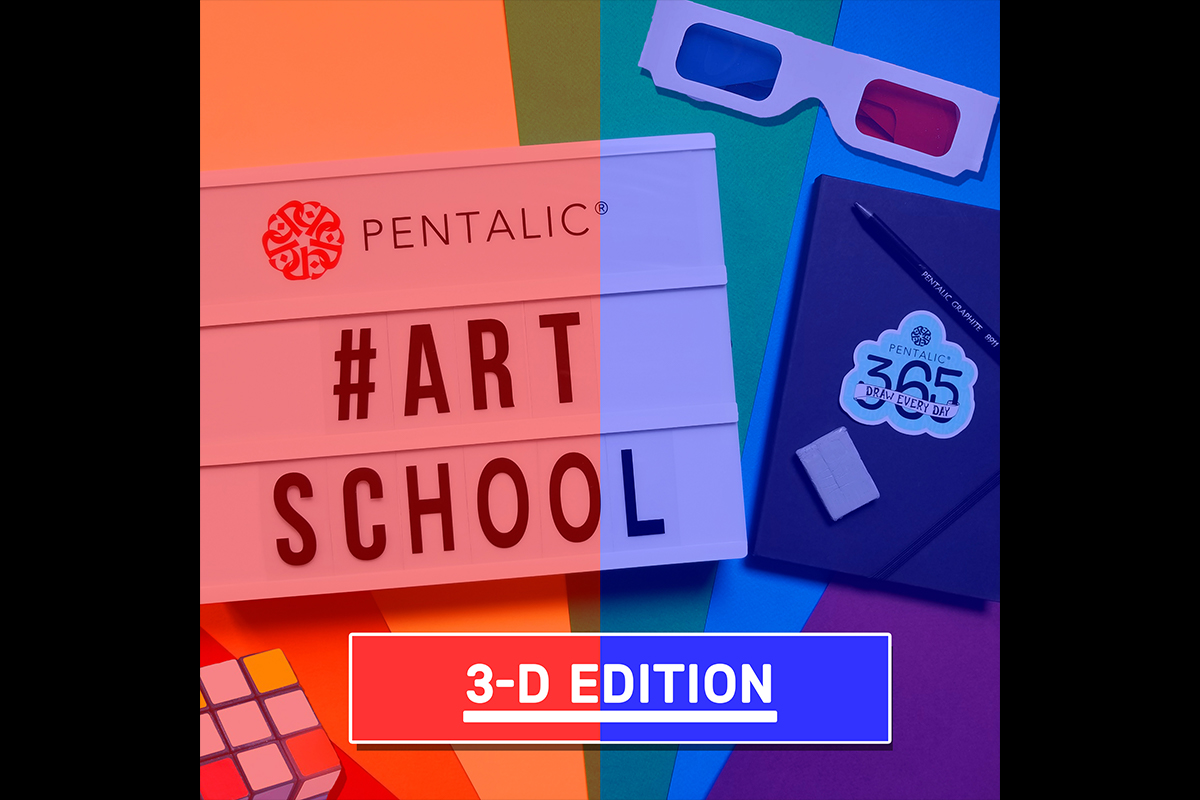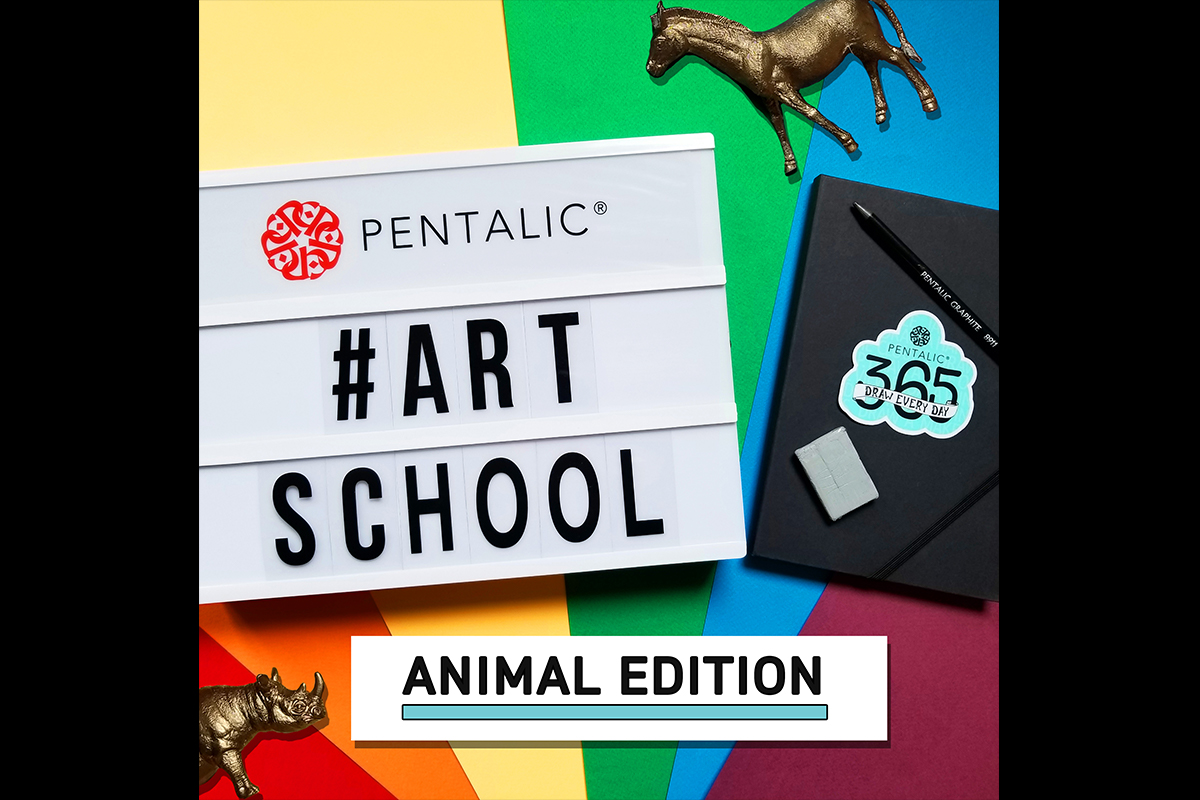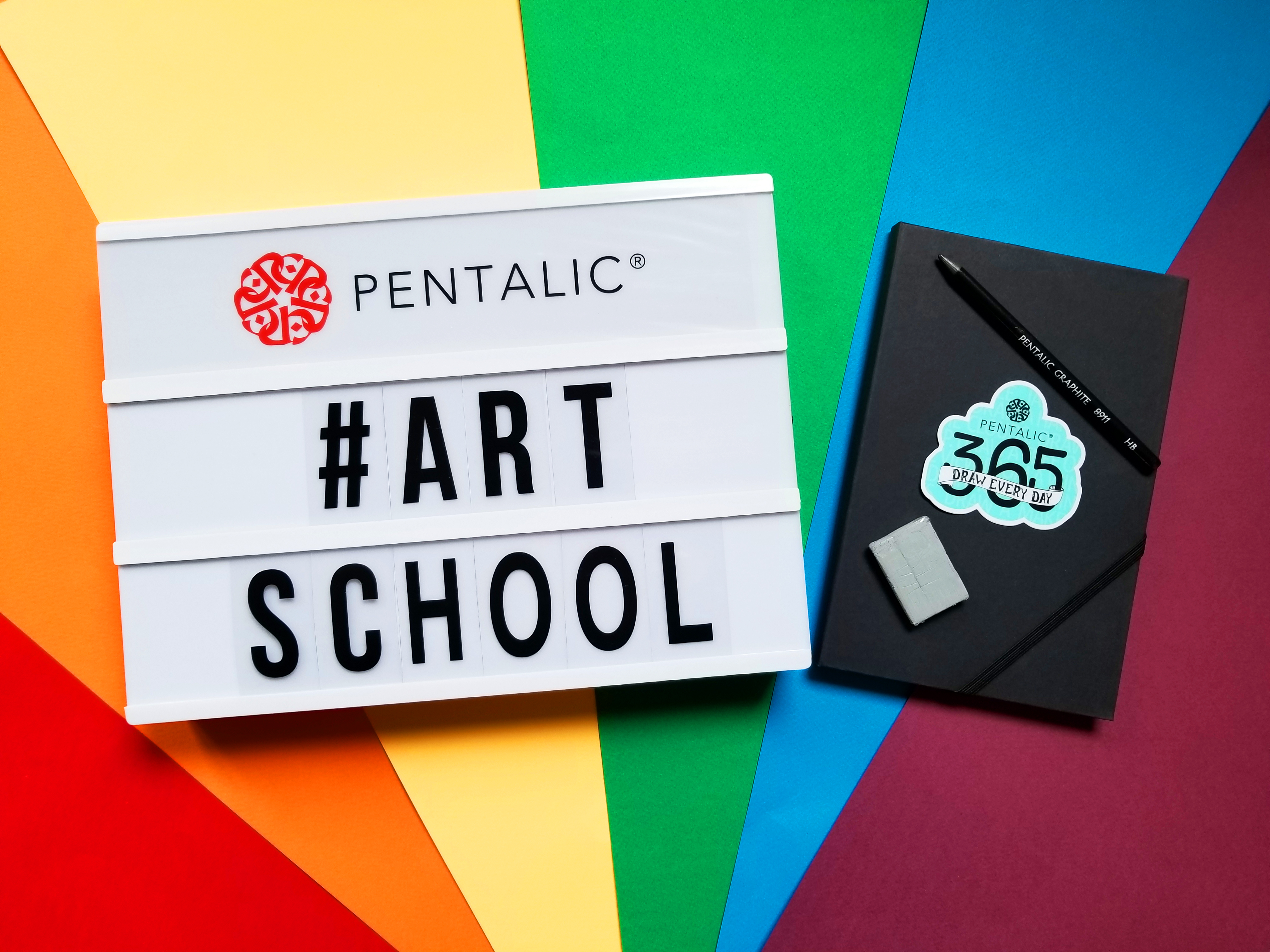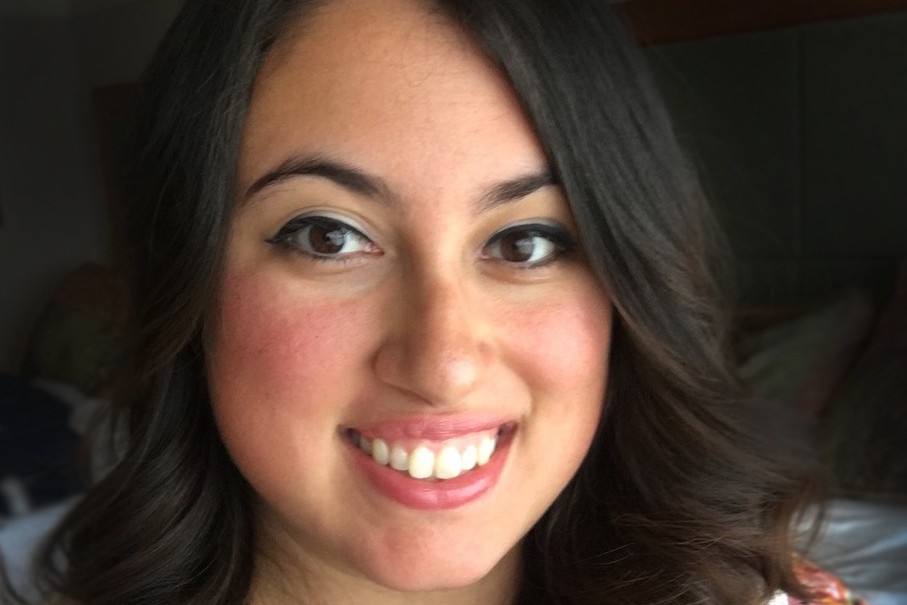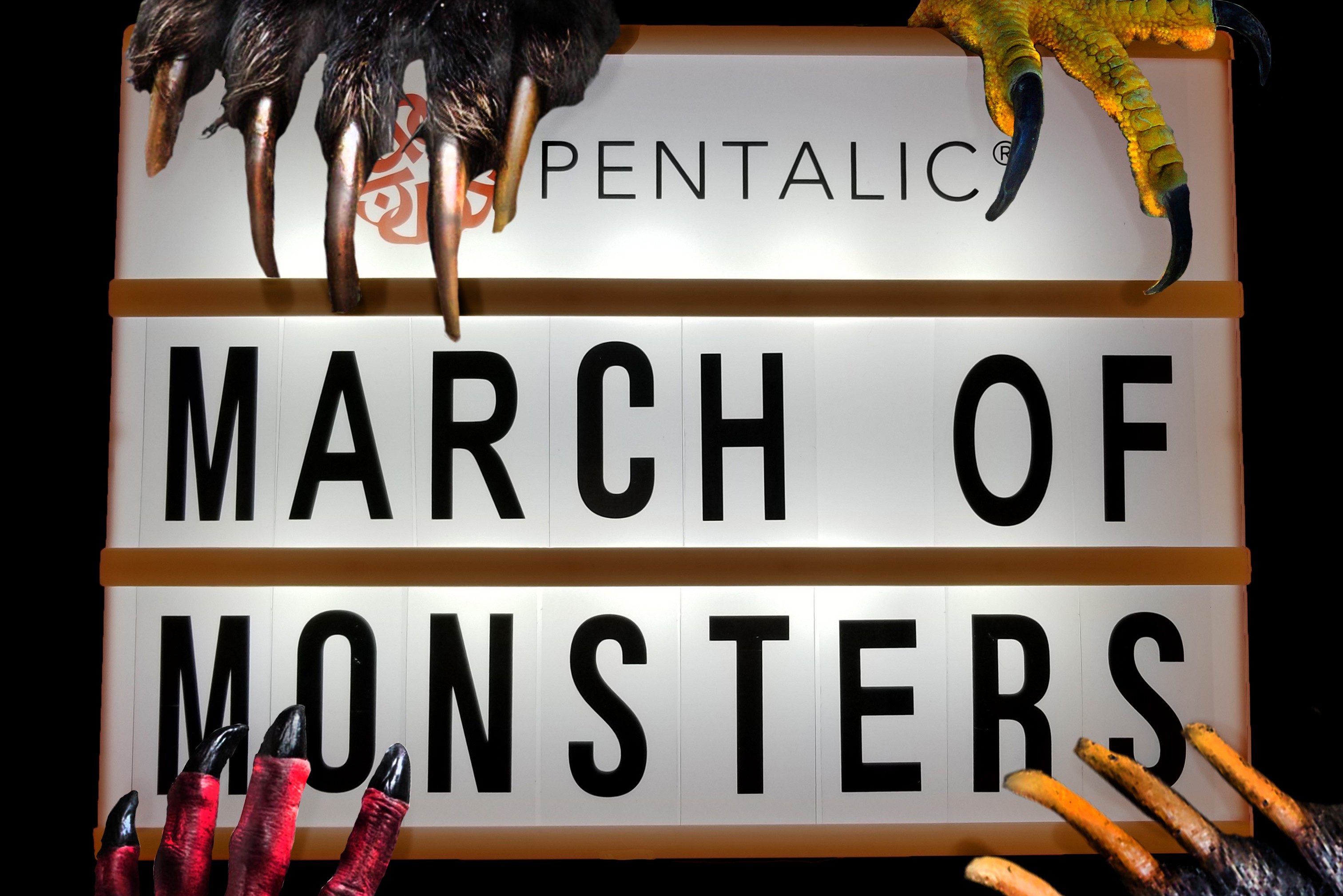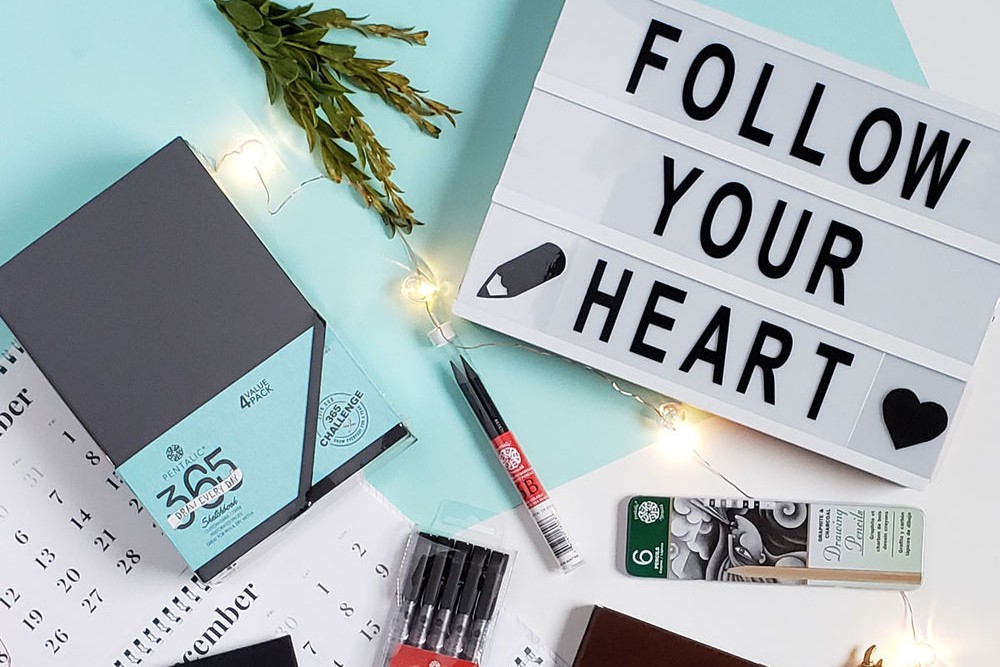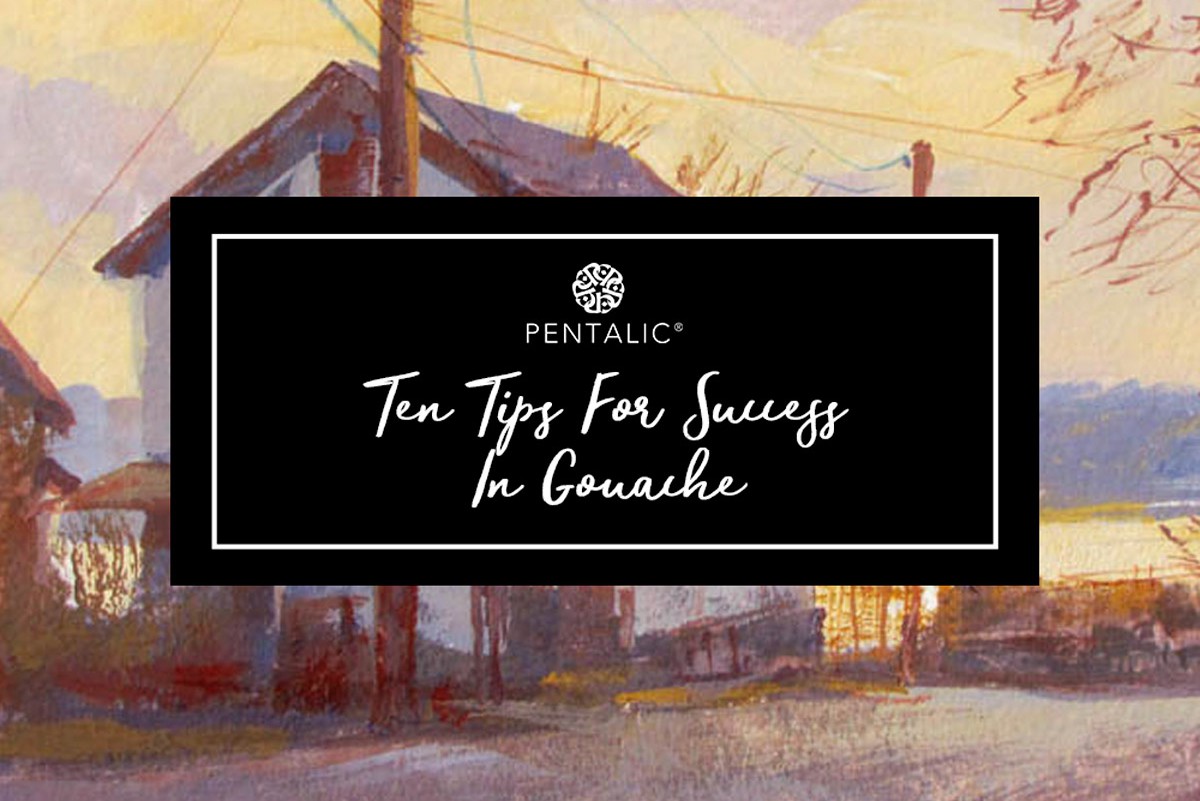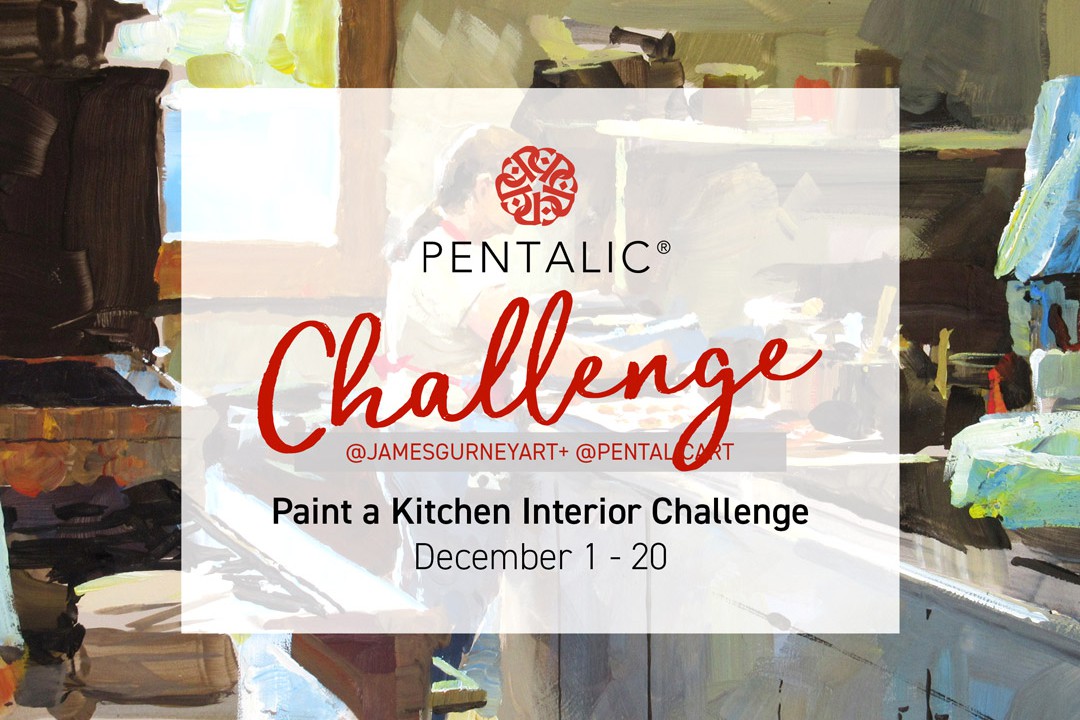Written by Michael Lindberg (@dustybrockway)
With there being numerous artists on social media, it can be easy to find yourself overwhelmed and pressured to produce show stopping art every time you pick up a pen or pencil. Artist Michael Lindberg (@dustybrockway) shares 5 ways that can help you remove the pressures and make art enjoyable again.
Find Balance
There’s something to be said for having balance in your works. At times you will be putting out a lot of creative work: sketches, drawings, inks, and paints. I call it Breathing Out. The work comes out and you feel great that pieces are getting done. So much is being produced. That needs to be tempered with pausing and allowing time for your mind and body to reset. Breathe in elements from the world around you by reading a book, writing something, exercising your body; anything that is not related to your art. Surprisingly, ideas for your art will bubble up when you are not thinking about them. It’s like letting your mind process things in the background. By taking a break, you are rewarded with a fragment or idea that can be used later when you sit down to be creative. Be patient because in order to have good ideas, you need to give yourself more time to let them steep; this is always the hardest part.
It’s Okay if it’s Not Great
It’s okay if your work isn’t always your personal best. Learn from each piece that you do, continue to push yourself creatively, and don’t rest on your laurels. There is always another piece of artwork to create. Keep going and creating!
Keep Trying
There is no immediate success with art. Approach your artistic journey like any other skill you want to learn, with discipline and practice. Try not to compare yourself to the person who has a natural knack for art. They will make things look effortless and it’s easy to judge your art based on their work. Most of us are not naturals and have struggle for every gain. Judge your own art based on your own works first. Lay your new art in the middle of other pieces you’ve made. How does the new thing you’ve made compare to the older pieces you’ve done? Find something in your new art that turned out well and something that could have used more time. There’s usually something. Then find elements in your older pieces that worked well. Use those lessons from the past and examine how to include them into your future art. Doing this will cultivate a mindset based on your own growth and help you set reasonable goals for becoming a better artist.
Make Friends
Try to find a community of like-minded people in your school or area. It is much easier to keep up the struggle of learning art with a cohort of friends and peers to cheer you on. The other side of that is to give back to the community as well by supporting your fellow artists too! Talking to people and offering kind words or noticing details about their work helps foster a creative, and supportive community of artists.
Keep it Simple
What pens are you using? This is a pretty common question and it often has similar answers among artists. Instead try to ask about the process of creating art. I challenge you to create art with only one tool that you have immediately accessible such as a No.2 pencil or a Bic ballpoint. Push the limits of what can be done with a simple pencil and a piece of paper. Learn and exhaust every skill and trick from the fewest of items. Don’t over-complicate things with a zany variety of drawing tools. In the process of keeping things simple, a lot learning and development that happens. This is because you have to think creatively and visualize not only the final piece, but visualize the steps you need to take to achieve it. Having a variety of tools to create art is great but it is important to learn to use one tool at a time. An amazing pen doesn’t make amazing art – the amazing artist does.


